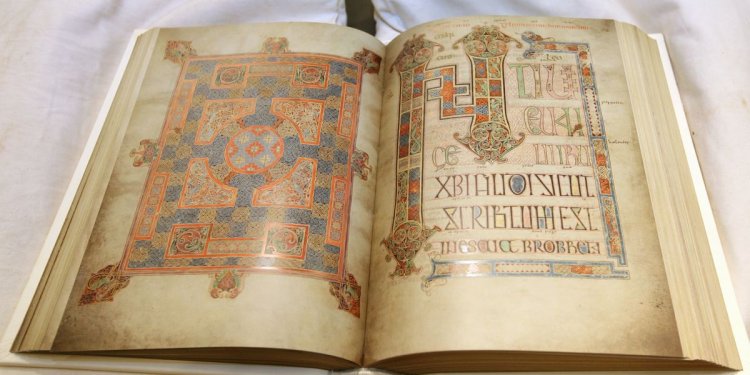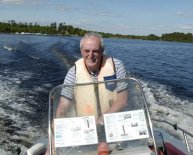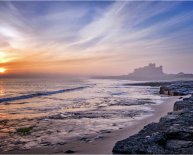
History of Lindisfarne
Lindisfarne is thought to own already been named by Hezekiah Harrison, a free of charge settler, who was given land within 1823. Harrison had resided just a few miles from Lindisfarne Island, on the Northumbrian coast. Referred to as 'Holy Island', Lindisfarne had been the beds base from which St Aidan worked to spread the Christian trust through the north of England in the 8th century AD. However, a strange coincidence causes it to be uncertain whether the area ended up being known as by Harrison and/or after that owner, Thomas George Gregson, a prominent no-cost settler just who purchased a lot of the land between Risdon and Rosny. Gregson, who does later become Premier of Tasmania, grew up in Lowlynn, very near to Lindisfarne Island. We might can't say for sure which of the two guys bestowed title Lindisfarne.
Into the late 1830's, 'Lindisfarne Farm' was occupied by John cost, in those days the Muster Master and Assistant Police Magistrate of Hobart. Pricing is thought to have wandered the night time time roads of Hobart in disguise, seeking disreputable figures. Doing work in Hobart, John Price was the very first person to reside in Lindisfarne as a commuter, becoming rowed across the Derwent each day by their convict servants. Becoming Muster Master, Price had usage of a sizable pool of designated servants. At one phase, he'd 19 convicts focusing on Lindisfarne farm. He left Lindisfarne in 1846 to become the Commandant of Norfolk Island, in which he attained notoriety the harshness of his regime. Lindisfarne Farm had been later occupied by A.G. Kemp, among sixteen children of Anthony Fenn Kemp. Because of the very early 1870s, the Littlechild family were leasing the farm and surviving in Lindisfarne home. Your house is thought having been near the site of the current Queen Victoria Residence when it comes to Aged.
In Summer 1890, the majority of modern day Lindisfarne was bought for subdivision because of the Beltana Land business. Prominent amongst the company's directors was Matthew Wilkes Simmons, who find the name 'Beltana' for the new area. Beltana is an Australian Aboriginal word for 'running water', a reference into area's principle attraction, frontage on the River Derwent.
Simmons, a solicitor, built 'Salamis' in Lincoln Street, and is very possible responsible for selecting most of the street brands. Beltana had been marketed as an excellent location to stay, with fresh water environment and out of the noise and odor regarding the town. To assist market the latest suburb, the business purchased the recreation surface - referred to as 'picnic grounds' and held regattas and charity events here. Unique adventure steamers had been provided by the O'May brothers, including regular day-to-day ferry services. In 1891, the Beltana Land Company became the Beltana Land and Steamship Company, and began operating their very own ferry services to Beltana from the SS Endeavour.
The name Beltana had been altered to Lindisfarne in 1904 to avoid confusion using Southern Australian city of the same title. Whenever choosing brands for the new city of Beltana, Simmons as well as the various other Beltana creators chose a selection of names commemorating historical numbers (such as for instance Lincoln Street) and Aboriginal words (eg Rowitta path, following the Aboriginal 'rowitta' for wombat).








